Author
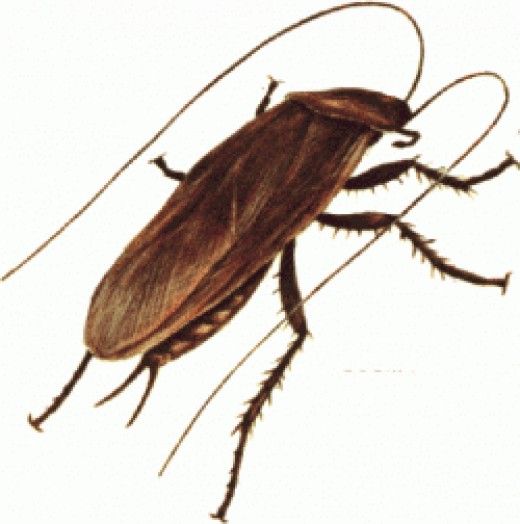
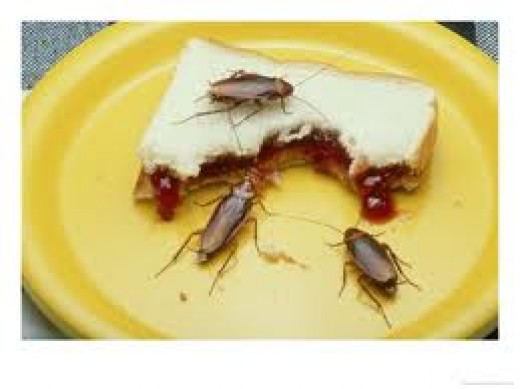
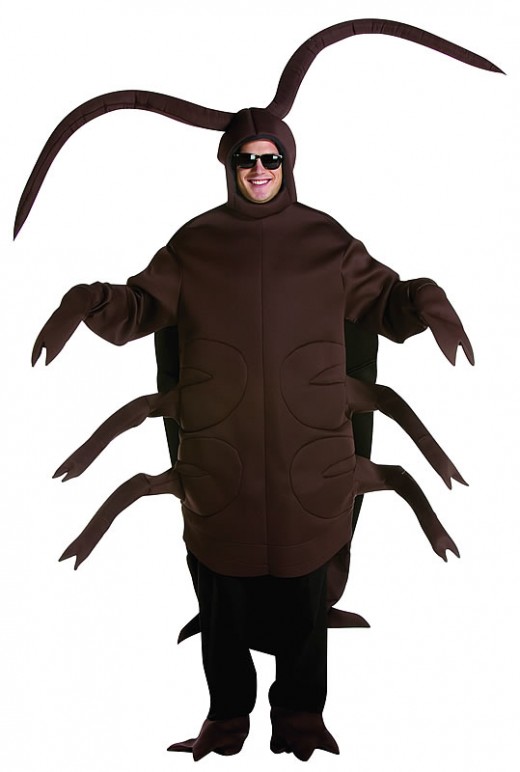
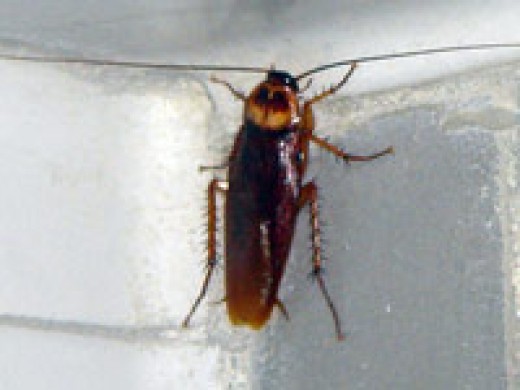
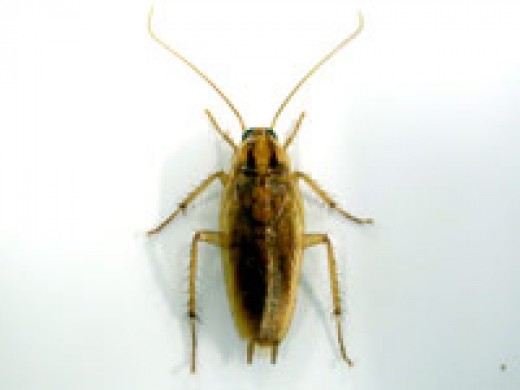
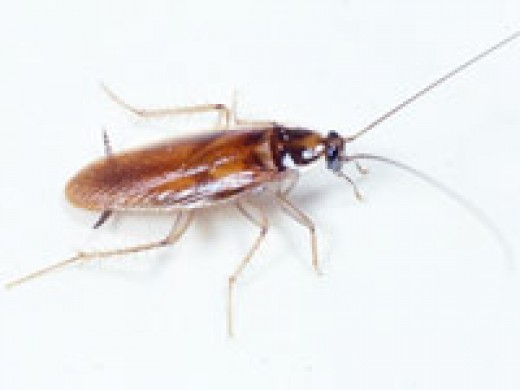
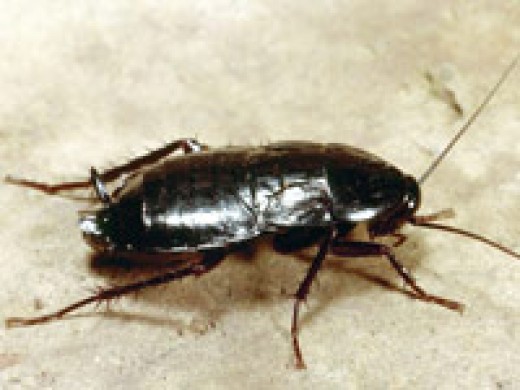
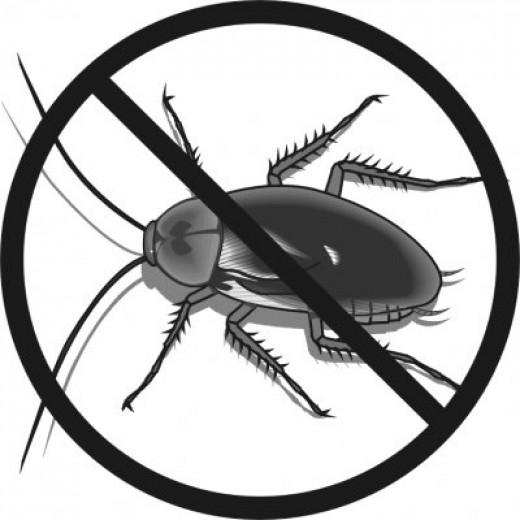

 For further details log on website :
For further details log on website :
https://dengarden.com/pest-control/how-to-get-rid-of-cockroaches-2

What are Cockroaches?
Cockroaches (or simply "roaches") are insects of the order Blattaria. There are about 4,500 species of cockroach, of which 30 species are associated with human habitations and about four species are well known as pests.
Cockroaches live in groups and are attracted to humidity, warmth and darkness, and are common in bathrooms, kitchens, dining rooms and sometimes bedrooms. Cockroaches secrete a pheromone (an attractant chemical) in their feces, which attracts other cockroaches.
Egg cases (Oothecae) of some species of cockroaches can be found cemented to and/or dropped inside kitchen cabinets, behind refrigerators, and under or behind stoves. Though not all types of cockroaches drop their egg cases, empty shells of egg cases are an indicator of their presence.

type=text
What do Cockroaches Feed On?
Cockroaches feed on a wide variety of food (grease, crumbs, pet food, wax, gum, left over food in empty food cans etc.). They also eat paper if it has glue on it, and some will feed on soap bars.
Cockroaches can withstand long periods of starvation and can live for many days without water.

type=text
Do Cockroaches Transmit Disease?
Cockroaches are scavengers. While walking on spoiled food in garbage containers, they pick up various bacterial organisms on their legs that they can later deposit on uncovered food.
Cockroaches themselves are not implicated in the transmission of any diseases. However, many disease-causing organisms can grow and multiply in their guts and can then be deposited on silverware, plates etc. during defecation. For example, cockroaches can pick up disease-causing bacteria like Salmonella on their legs and later deposit them on foods and cause food poisoning.
People continuously exposed to dust containing cockroach feces and crushed body parts become sensitized and may show allergic reaction and asthma after repeated exposure to such dust.
Cockroach Myths
Contrary to popular belief, cockroaches are not afraid of light. Although most species do prefer darkness, some are actually attracted to light and can be found gathering near windows or on television screens at night. Most of these nocturnal insects will scatter when a light is shone upon them. However, this reaction is much more influenced by their fear of humans than their distaste for light.
Gruesome urban legends concerning the development of immature cockroaches within human wounds or fast foods are unfounded, as is the belief that cockroaches aggressively consume human fingernails and toenails. Cockroaches develop their populations in moist, warm areas inside and out but do not use human bodies as hosts. They may bite in the event of severe infestation and lack of other food sources, but this is also rare. Cockroaches prefer to feed on decaying organic matter and inanimate, starchy foods such as glue and wallpaper.
Cockroach Identification

type=text
American Cockroach
Periplaneta americana
They are reddish-brown with a yellow figure eight marking in front. Very aggressive. Prefers warm, damp areas. More likely to be seen in daytime and outdoors than other species.
They lay egg cases containing approximately 14 eggs and hide them in cracks or crevices. Nymphs emerge one to two months after the eggs are laid. After hatching, they undergo 13 molts over the duration of 6-12 months before becoming adults.
Females can produce an egg case in about one week. Therefore, from 12-24 cases are produced in the warm months (June to August). Adults commonly live more than one year, which gives these cockroaches a life span of nearly two years. They can be found in areas where foods are prepared or stored. They prefer areas with high temperature and humidity, such as boiler rooms, near pipes and water heaters in basements, and outside in sewers and crawl spaces. This species is especially attracted to fermented foods and beer.

type=text
German Cockroach
Blattella germanica
Most common cockroach found in and around apartments, homes, supermarkets and restaurants. German cockroaches are brown and have two dark brown lines on the sides of their anterior shield. Winged adults are about 1/2" in length. Wingless immature German cockroaches are much smaller and variable in size.
Females produce egg cases that look like beans or brown capsules. Each egg case contains 30-40 eggs. The female carries the egg case in her body and it partially protrudes from her posterior end. Females carry their egg cases in this manner for three weeks, after which they drop them in hidden, protected areas one day before the eggs hatch. Young (nymphs) molt six to seven times before becoming adults. It takes them about 45-60 days from egg hatching to become adults. Adults emerge fully-winged and are ready to mate and develop eggs. Females lays four to eight egg capsules in their lifetimes and mother at least 240-300 young cockroaches.

type=text
Brown-Banded Cockroach
Supella longipalpis
Nocturnal; can fly. They may be found throughout any structure, but prefer dry, warm areas, high locations and inside furniture. Brown-banded cockroaches are larger than German cockroaches (slightly longer than 1/2") and have a light-colored band at the front of their wings. Males are light brown and longer than the oval-shaped, dark brown females. They eat almost anything and spend most of the day hiding in crevices and cracks and come out at night to feed.
Females do not carry their egg cases (13-18 eggs/egg case) in their bodies. Instead, they glue them in areas that are high (eye level), as well as under furniture, drawers, dining tables and wall voids, etc. Females live for about six months and lay 13-14 egg cases. At room temperature, eggs hatch after 50 days and young cockroaches (nymphs) molt six to eight times. Their growth is slow and development from egg-hatching to adult takes five to six months. They require less water for their survival than German cockroaches. Brown-banded cockroaches are also good flyers.

type=text
Oriental Cockroaches
Blatta orientalis
The Oriental cockroach is less common than either the German or brown banded cockroach and prefers very wet environments. You will often find the Oriental cockroach feeding on decaying food, in garbage containers, and anywhere else food has been dropped. These particular roaches are considered the perfect vector for food borne illnesses because of their appreciation for rotting food or leftover scraps, rather than starchy foods and sugars. Because of the Oriental cockroach's affinity for sewers, drains, refrigerators, basements, cellars, and any other cool, moist environment, your best option for comprehensive roach control is to keep your home warm and dry. A dehumidifier set to high in a basement or on the first floor of your home will help take much of the moisture out of the air, leaving the floors and other surfaces dry enough to dust with boric acid as a secondary precaution. You should replace all garbage containers with sealable bins, take out the trash regularly, and avoid leaving scraps of food or compost heaps near your home.
Females will produce an average of eight capsules. Egg capsules contain 16 eggs. Nymphs go through seven molts before becoming adults in about a year. Adults can live up to six months.
Cockroach Amazing Facts
Most cockroaches live for up to a year and in that year a female roach can give birth to as many as 400 new roaches.
Roaches can swim and hold their breath for 40 minutes.
It is said that in the event of a nuclear bomb, cockroaches would be the only thing to survive.
A cockroach can live for up to one week without its head!
Cockroach Behavior
Cockroaches leave chemical trails in their feces as well as emitting airborne pheromones for swarming and mating. Other cockroaches will follow these trails to discover sources of food and water, and also discover where other cockroaches are hiding.
Research has shown that group-based decision-making is responsible for complex behavior such as resource allocation. In a study where 50 cockroaches were placed in a dish with three shelters with a capacity for 40 insects in each, the insects arranged themselves in two shelters with 25 insects in each, leaving the third shelter empty. When the capacity of the shelters was increased to more than 50 insects per shelter, all of the cockroaches arranged themselves in one shelter. Researchers found a balance between cooperation and competition exists in group decision-making behavior found in cockroaches. The models used in this research can also explain the group dynamics of other insects and animals.
Cockroaches are mainly nocturnal and will run away when exposed to light. A peculiar exception is the Asian cockroach, which is attracted to light. Another study tested the hypothesis that cockroaches use just two pieces of information to decide where to go under those conditions: how dark it is and how many other cockroaches there are. The study conducted by José Halloy and colleagues at the Free University of Brussels and other European institutions created a set of tiny robots that appear to the roaches as other roaches and can thus alter the roaches' perception of critical mass. The robots were also specially scented so that they would be accepted by the real roaches.

type=text
How Can I Control Cockroach Infestation In My Home?
The key to prevent cockroach infestation indoors is sanitation both in and around the house. Empty garbage daily and keep the lid tightly closed at all times. Do not accumulate empty soda cans, beer bottles, food cans and especially not in brown paper bags and cardboard boxes inside the house. Tape openings around pipes under the kitchen and bathroom sinks to prevent infestation from neighboring apartments. To prevent the entrance of cockroaches into homes: eliminate potential habitat areas outside the houses; seal cracks; and install screens on vents, windows and doors.
How to Keep Cockroaches Out of the House

type=text
How to Get Rid of Roaches
Cockroach baits are a safe way to control roach infestation inside the home. Place cockroach baits under the refrigerator, behind and under the stove, and in the basement. Baits contain slow-acting poison that kills the cockroaches that eat it. A poisoned cockroach then usually salivates or defecates in the nest area, depositing poison that can kill other cockroaches.
Boric acid is used to control cockroaches, but its proper placement and use is essential to ensure its effectiveness. It can be purchased as boric acid insecticide formulations from hardware and grocery stores. The insecticide formulation packaged in plastic, squeezable bottles with narrow nozzles is the safest and easiest to use. Boric acid should be applied as a very thin layer of powder that the cockroaches cannot distinguish from dust. Apply it under and behind refrigerators, stoves, dishwashers, washing machines, cabinets, areas where plumbing pipes enter the floor, under sinks, etc. Do not apply it in areas where you prepare and/or store foods. Boric acid is a poison, so you should always store and apply it properly, especially if you have young children. In such situations, it may be better for you to use a licensed exterminator for cockroach control.
How to Kill German Roaches
How to Make Killer Cockroach Bait

type=text
How to Make Killer Cockroach Bait
[STEP 1]
Finely dice 1/2 a small onion (about 3 Tbsp.) and place into a small mixing bowl.
[STEP 2]
Add shortening or lard, sugar, and boric acid to the bowl with the onions.
[STEP 3]
Using a metal fork, mix the ingredients together very well.
[STEP 4]
Use a metal spoon to scoop up about 1/2 to 1 tsp. of this mixture, place on an old jar lid or small dish. You should be able to get 4 or 5 of these bait dishes from a single batch of this recipe.
[STEP 5]
Place a bait dish in an area where you frequently see cockroaches. Make sure it is well out of reach of children and pets. I put it inside cupboards, tucked away in a far corner, in the kitchen, bathroom, and garage.
[STEP 6]
Replenish the bait dishes at least monthly.
Bait stations, gels containing hydramethylnon or fipronil, as well as boric acid powder, are toxic to cockroaches.
Sprinkle a little of this around your door, behind your stove and fridge, behind the couch, etc. As long as it's dry and doesn't get damp or vacuumed up, it keeps working. It's the absolute best for getting rid of the roaches. They hate the stuff, and it will kill an entire colony because they get it on them, then transfer it to the others.
My great grand parents, grandparents, parents, and I use boric acid. Anytime we start seeing roaches we dust a little around and they are gone! When I say we dust a little, I mean a little. Hold the bottle sideways, shake the powder up so it's at the nozzle but not clogging it up, and squeeze the bottle. If you got the powder in the right place, it will poof and billow out in a little cloud. That's all you need. A liter-size bottle of this stuff can last a lifetime! You'll never again call the exterminator because of roaches!
https://dengarden.com/pest-control/how-to-get-rid-of-cockroaches-2






No comments:
Post a Comment